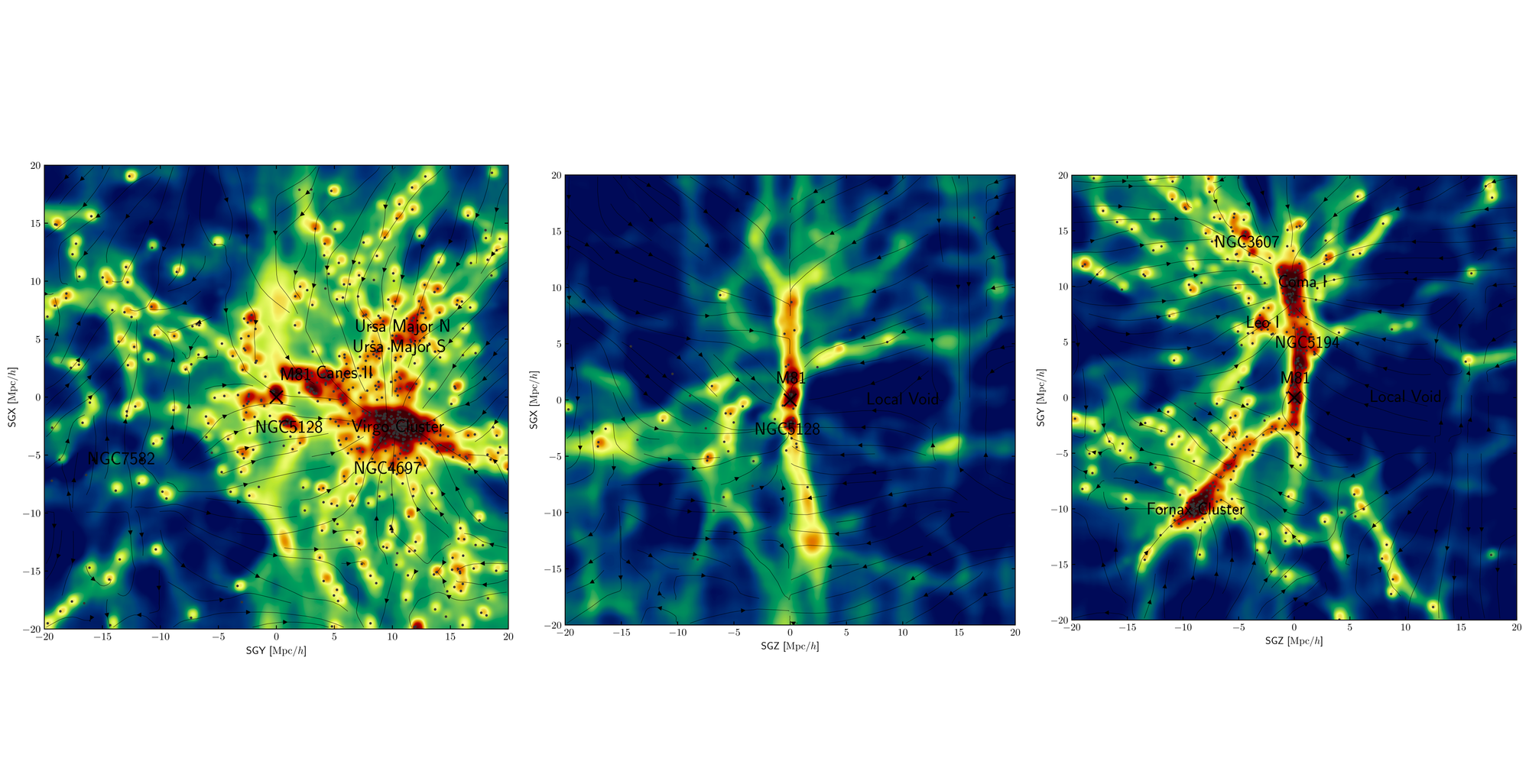
🌌AI discovers "bridges" of dark matter
An important key to understanding dark matter is to get a map of how it is distributed in the universe. Now, researchers from the United States and Korea have created a map that has revealed new information about how the invisible matter is spread.
Share this story!
Dark matter is said to make up about 30 percent of all matter. So far, this matter has not been discovered in the form of a particle, but there are still heavy evidence that supports the existence dark matter. One is that galaxies would not have been formed at all if it weren't for dark matter.
According the current theory, all galaxies are surrounded by dark matter. The dark matter gives rise to gravity and it also stands for the greatest gravitational effects at the intergalactic level. By measuring the motions of galaxies, one can thus draw conclusions about how the invisible matter is distributed.
A team of researchers from universities in South Korea and the United States have collaborated to create a map of how dark matter is distributed in our local universe. The challenge is that there are no perfect maps of galaxies in our near universe.

The research team, therefore, used machine learning to combine data sources. They used both simulations, such as the TNG project, and existing images to train the AI. The TNG project is a project that aims to simulate how the universe has evolved, from the Big Bang to today, with the purpose of gaining insight into how galaxies are formed.
The result was a map that, in many ways, is similar to previous maps, but it is showing additional characteristics of our local universe, namely "bridges" of dark matter that connect galaxies. The researchers hopes that the new map can provide insights about how galaxies will move in relation to each other in the future.
How to improve the map further
We asked one of the researchers behind the study, Sungwook E. Hong, what would be required to further improve the map and he replied that both better simulations and observations would be required. In terms of observations, it is a challenge that our own galaxy is "in the way".
"Since we are at the center of the local universe by definition, we need to observe the entire sky fairly with sufficient depth to understand the local universe, in principle. However, observing the entire sky requires an extreme amount of telescope time. Also, it is hard to observe extragalactic galaxies at low Galactic latitude because our Milky Way prevents them from being observed well." Sungwook writes in an email.
In the picture, the red areas represents areas in the universe where the density of the dark matter is the highest. The dots represent known galaxies in our local universe, and X represents our own galaxy.
The picture is from the researchers of the study.
By becoming a premium supporter, you help in the creation and sharing of fact-based optimistic news all over the world.


